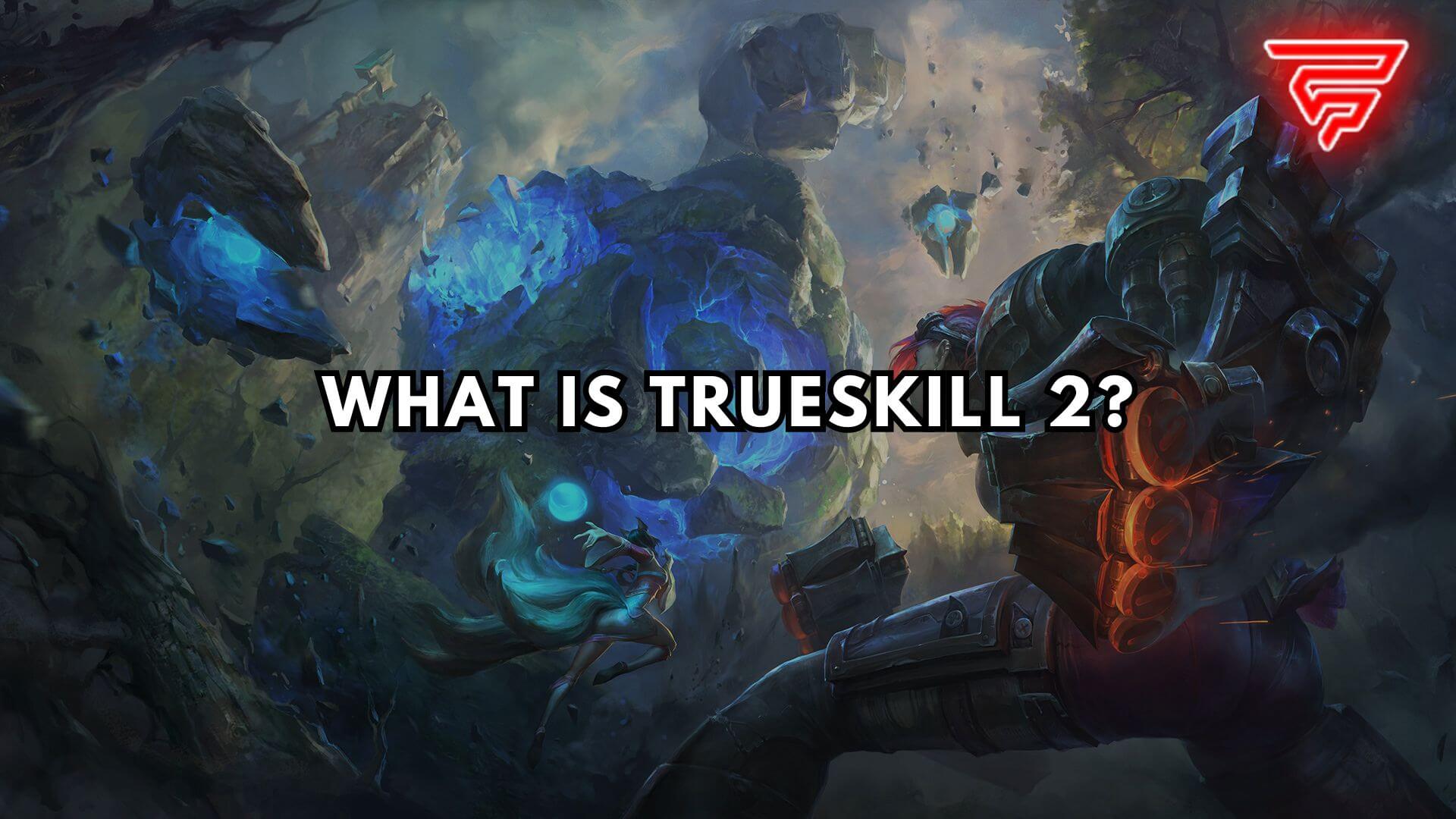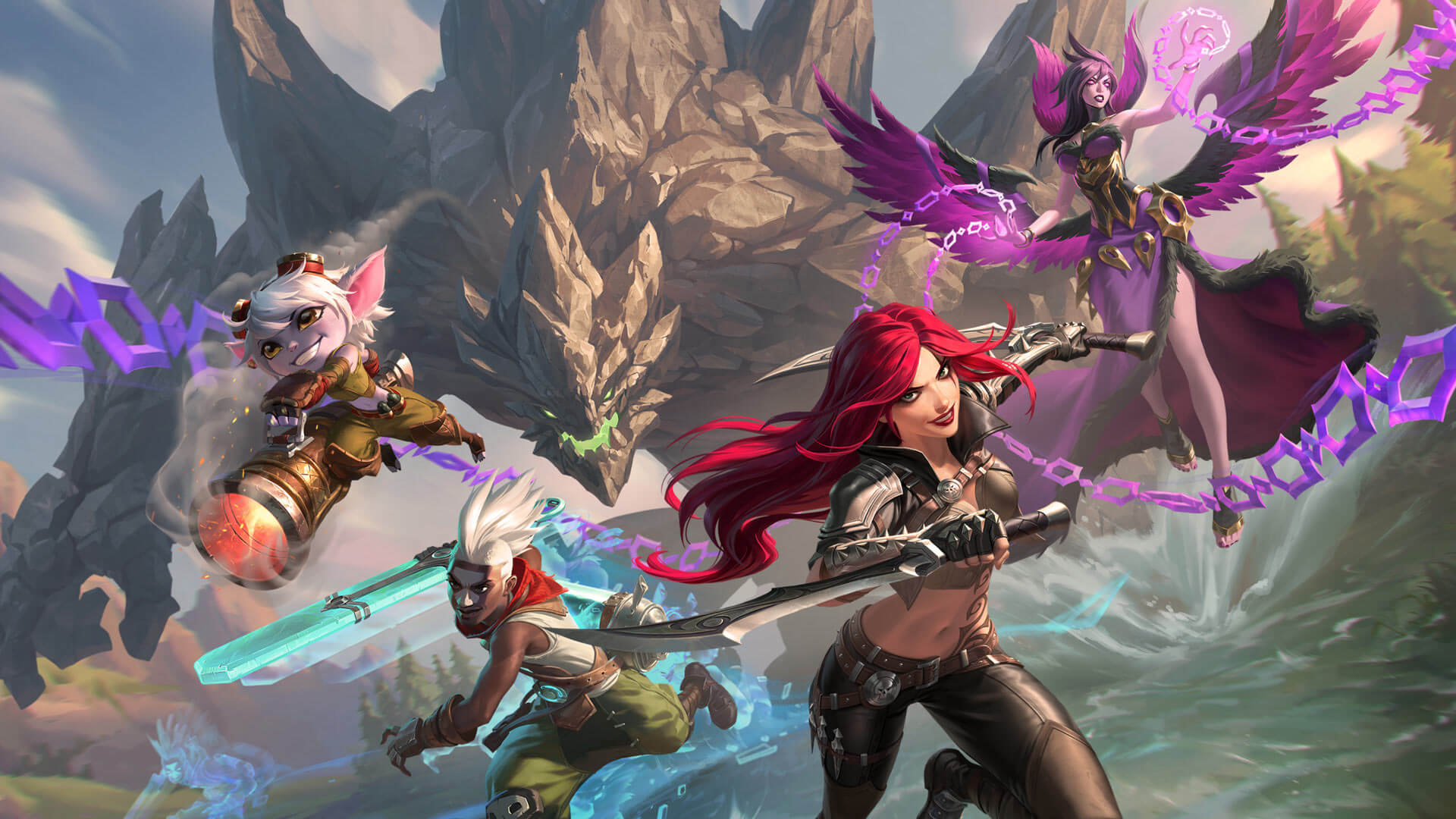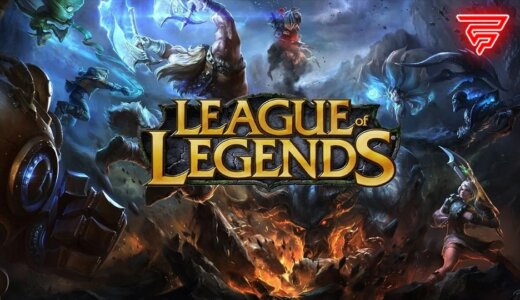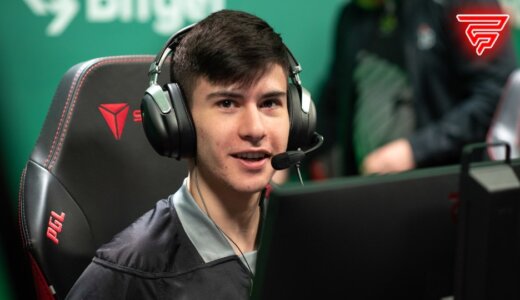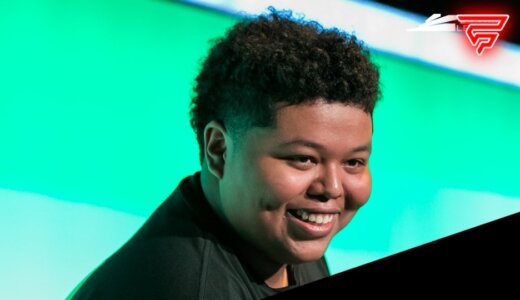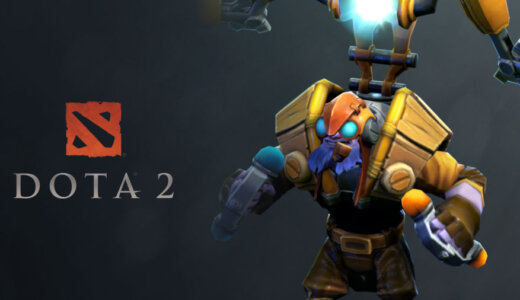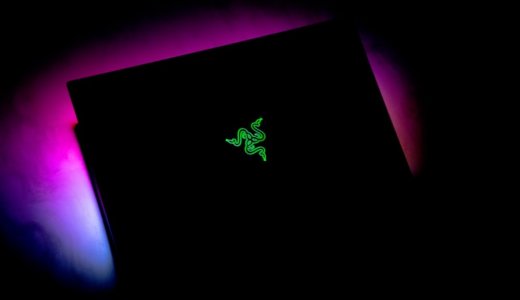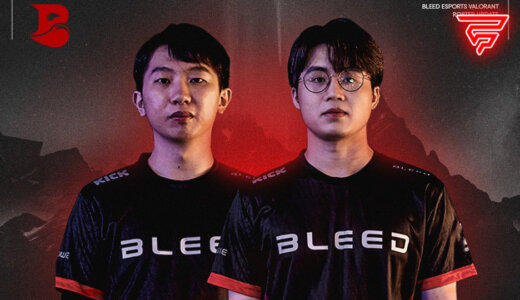Matchmaking systems play a pivotal role in ensuring fair play and competitive balance. One such system at the forefront of this technology is TrueSkill 2, which Microsoft developed for use on the Xbox network.
Now, you may wonder, what is Trueskill 2? Well, it’s an evolution of the original TrueSkill system, and it has revolutionized how player skills are assessed and matched in multiplayer video games.
What Is TrueSkill 2?
TrueSkill 2 is a skill-based ranking system designed to improve the matchmaking process in multiplayer video games. It’s an advanced version of the original TrueSkill algorithm, initially tailored for two-player games.
While the original TrueSkill was effective in creating balanced matches in one-on-one scenarios, its effectiveness diminished in games with more than two players.
TrueSkill 2 addresses this limitation by extending its functionality to accommodate games with multiple players. This enhancement allows it to offer a more detailed and accurate assessment of a player’s skill level in various team sizes and game types.
By analyzing a broader range of data points, including individual and team performances, TrueSkill 2 dynamically adjusts player rankings. This results in more balanced and competitive matches, leading to an improved gaming experience for players of all skill levels.
The system also adapts to changes in a player’s skill over time, ensuring that matchmaking remains fair and challenging as players evolve.
The Differences Between TrueSkill and TrueSkill 2
While the original TrueSkill was groundbreaking, it had limitations, particularly in handling games with more than two players.
TrueSkill 2 addresses these challenges by incorporating additional factors into its calculations, such as individual player performance and the specific dynamics of team games. This results in a more refined and representative skill rating.
How Does TrueSkill 2 Work?
At the heart of TrueSkill 2 is a statistical model known as normal distribution. This model represents a player’s skill level as a range, not just a single point. The two critical parameters in this model are the mean value (mu) and the variance (sigma).
Mu represents the estimated skill level of a player, while sigma indicates the degree of certainty (or uncertainty) in that estimation.
Key Components
Mu and sigma adjust a player’s skill rating based on game outcomes. After each game, TrueSkill 2 recalculates these values. A win typically increases a player’s mu, signaling an improvement in skill, while a loss decreases it.
Sigma decreases as the system becomes more confident in a player’s mu value, leading to less fluctuation in their skill rating over time.
The Role of Mu and Sigma in Determining Player Skills
The interplay between mu and sigma is crucial. For instance, a player with a high mu and sigma might be skilled but inconsistent. Conversely, a player with a lower mu but very low sigma could be less skilled but highly reliable. This detailed approach allows TrueSkill 2 to create more balanced matches.
TrueSkill 2 in Action
In TrueSkill 2, new players begin with predefined mu and sigma values. This starting point is designed to quickly adjust to the player’s actual skill level based on their initial games.
How Wins and Losses Affect Player Rankings
The system updates a player’s ranking after each game. Moreover, the extent of these updates depends on the game’s outcome relative to expectations.
For example, defeating a higher-ranked player significantly increases one’s ranking, while losing to a lower-ranked player leads to a more substantial decrease.
The Concept of Balanced and Unbalanced Games
TrueSkill 2 also considers the balance of games. In a balanced game, where teams are evenly matched, the outcome will result in more minor adjustments to player rankings. In contrast, unbalanced games can lead to more significant changes, especially if the underdog team wins.
Practical Applications of TrueSkill 2
Riot Iksar notes they’re moving the MMR system to a new soon, and later to True Skill 2 later this year pic.twitter.com/w16FSdbFbR
— Spideraxe (@Spideraxe30) January 2, 2024
The primary application of TrueSkill 2 is in Xbox Live, where it ensures players are matched with opponents of similar skill levels. This enhances the gaming experience, making it more enjoyable and fair for players of all skill levels.
By accurately assessing player skills, TrueSkill 2 improves the quality of matchmaking. Players are less likely to encounter mismatches, leading to more competitive and engaging gaming sessions.
Limitations and Accessibility
TrueSkill 2, being patented and trademarked by Microsoft, presents certain limitations in terms of its availability and use. This exclusivity effectively restricts its deployment to Microsoft-affiliated projects or to those entities that have entered into a specific licensing agreement with Microsoft.
As a consequence, the use of TrueSkill 2 is not widespread across the gaming industry, particularly among developers and platforms that are not directly associated with Microsoft.
The proprietary nature of TrueSkill 2 also has implications for its accessibility and adaptability. Since Microsoft closely guards the algorithm and its underlying mechanics, there is a lack of transparency and open-source collaboration that often drives innovation in technological fields.
This means that the benefits and advancements that TrueSkill 2 offers are currently confined to platforms and games that fall under Microsoft’s umbrella. Independent or smaller game developers, who might benefit greatly from such a sophisticated matchmaking system, are left without access to this technology.
Conclusion
TrueSkill 2 represents a significant leap forward in video game matchmaking. It promises to enhance the gaming experience for a diverse range of players by offering a more accurate representation of player skills.
As the gaming industry continues to evolve, we can anticipate further advancements in matchmaking technologies, potentially expanding the reach and application of systems like what is TrueSkill 2.
